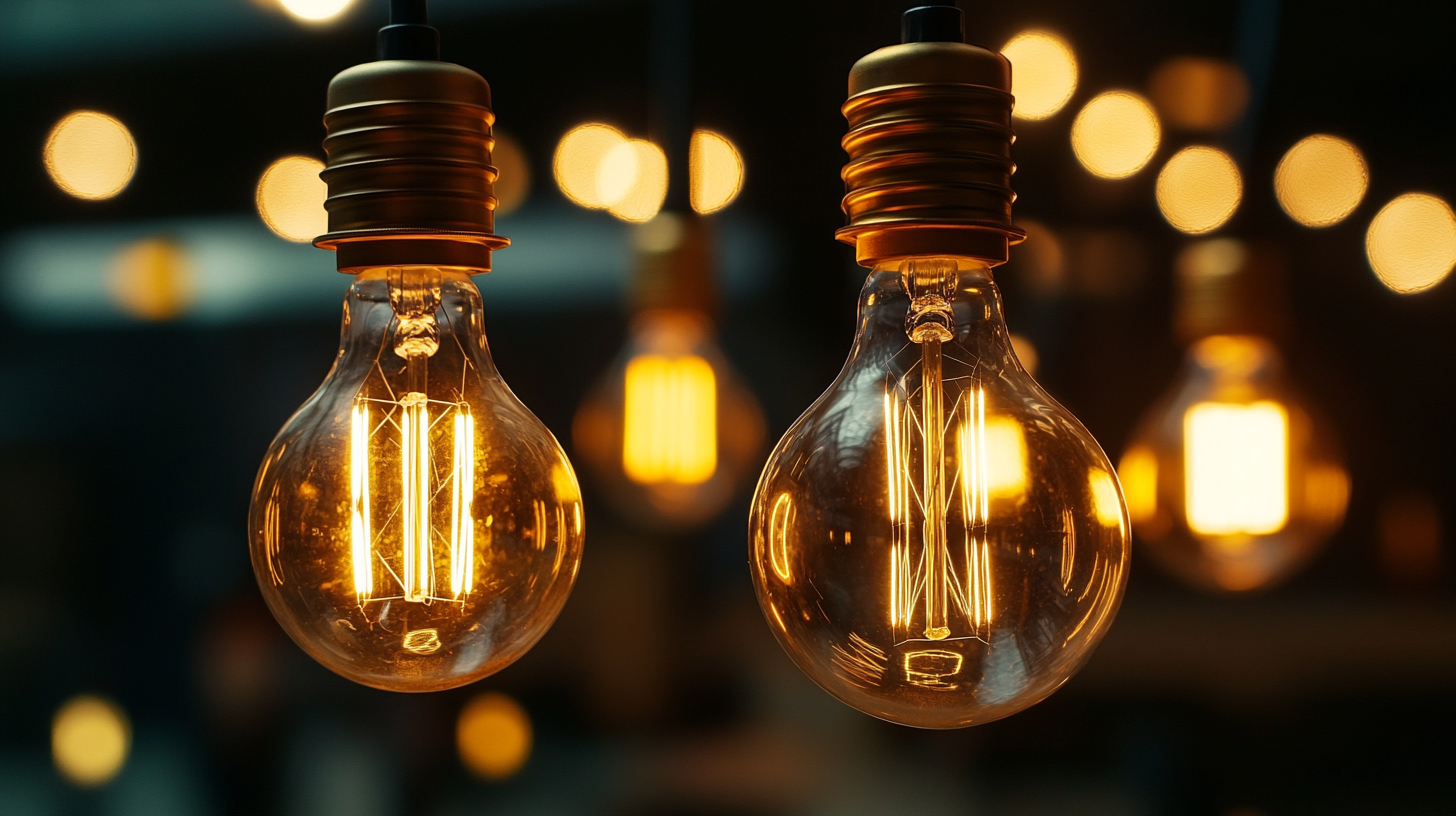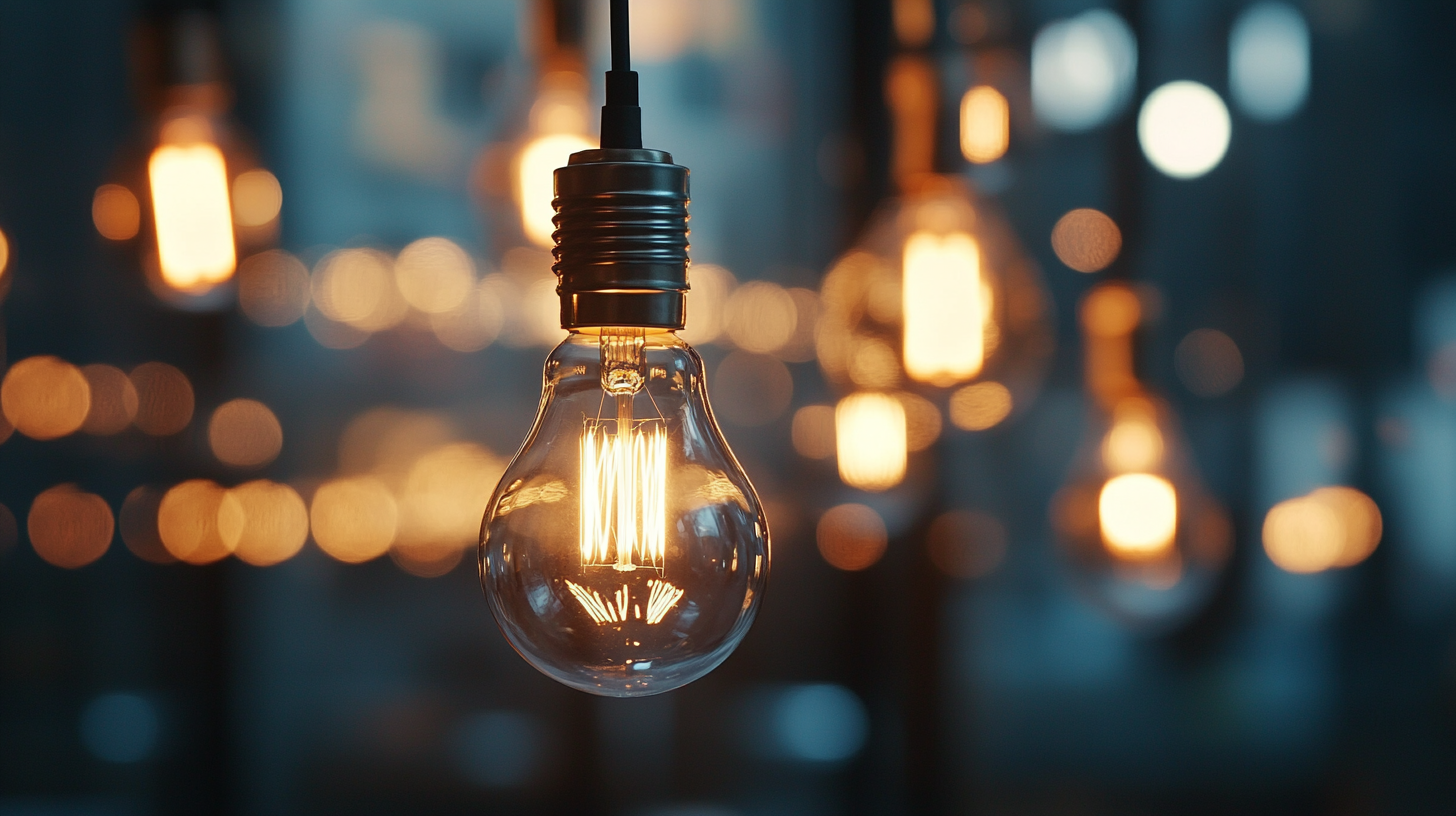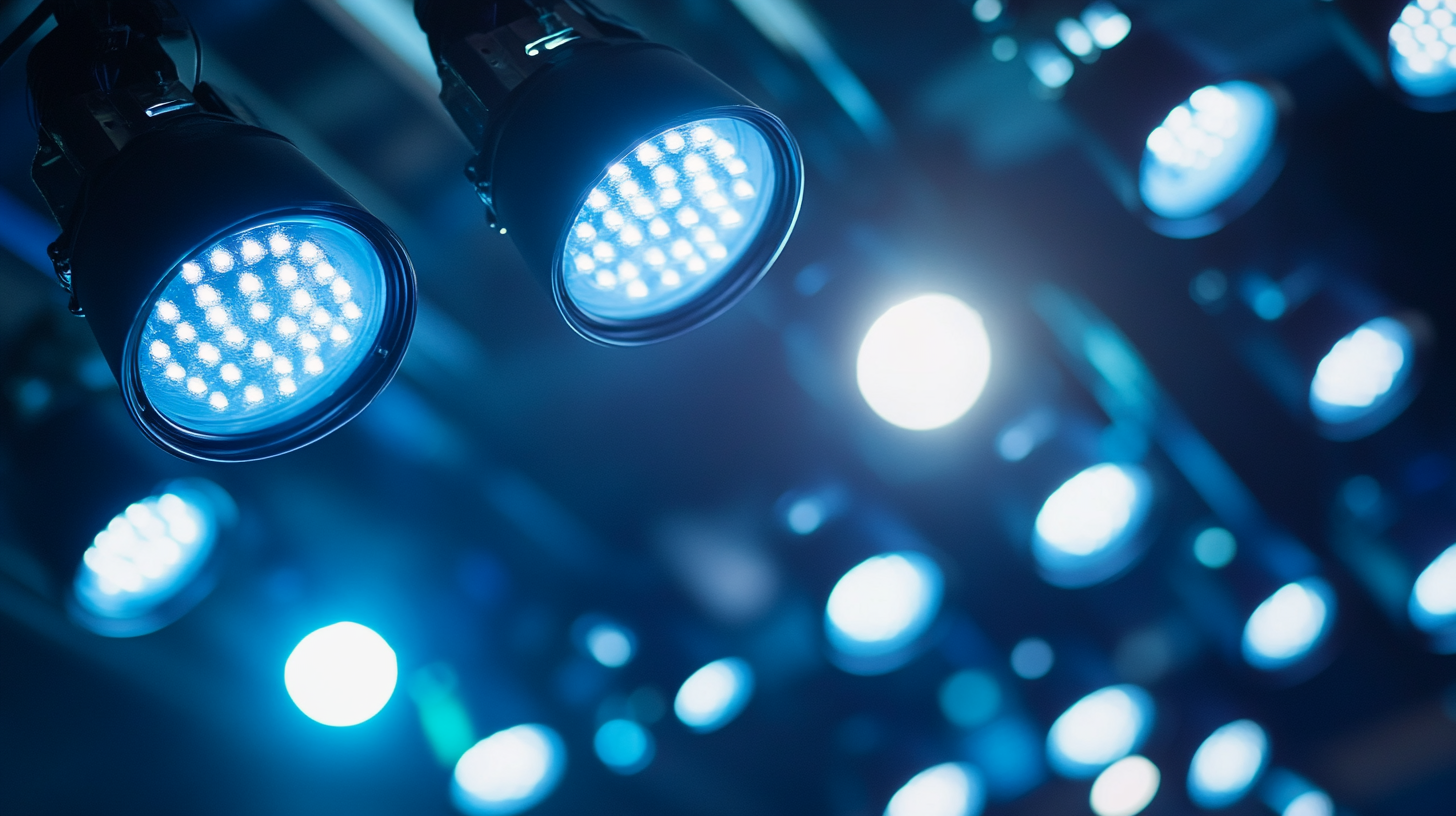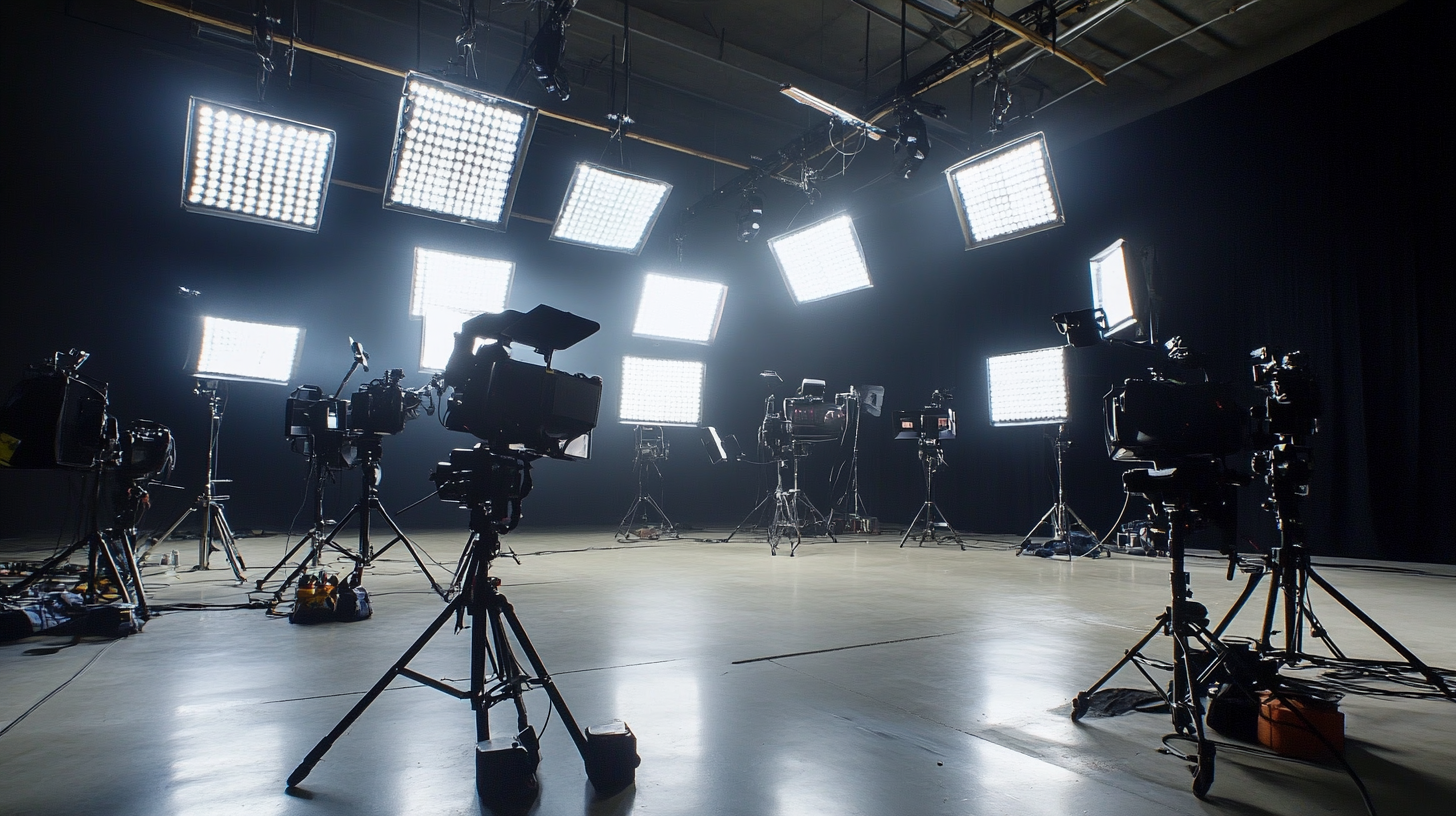Understanding Contemporary Lighting Standards and Tips for Global Buyers
In today's rapidly evolving world of interior design, the significance of contemporary lighting cannot be overstated. With advancements in technology and a greater emphasis on sustainability, contemporary lighting has transcended mere functionality, becoming a vital element that enhances the aesthetic and atmosphere of any space. As global buyers navigate an increasingly diverse marketplace, understanding contemporary lighting standards is essential for making informed decisions that cater to both style and practicality.
This blog aims to shed light on the complexities of contemporary lighting standards and offer valuable tips for buyers around the world. Whether you are a homeowner looking to update your living space or a design professional sourcing fixtures for a large-scale project, grasping the nuances of contemporary lighting will empower you to select options that not only meet regulatory requirements but also reflect current design trends. Join us as we explore the essential aspects of contemporary lighting and provide insights that will guide you toward brilliant choices in illumination.

Key Lighting Standards Across Different Regions
When navigating the complex world of lighting standards, it's crucial for global buyers to grasp the variations that exist across different regions. Each area has distinct regulations and benchmarks that shape the way lighting products are designed, tested, and implemented. For instance, in North America, the American National Standards Institute (ANSI) provides guidelines that dictate not only the efficiency but also the safety of lighting fixtures. The Leadership in Energy and Environmental Design (LEED) certifications emphasize sustainability and energy conservation, which are becoming increasingly important criteria for buyers. In Europe, the standards are often dictated by the European Committee for Standardization (CEN), which focuses on harmonized regulations that enhance safety and environmental performance. The introduction of the Ecodesign Directive is a game-changer, pushing manufacturers toward energy-efficient products that significantly reduce environmental impact. Buyers in the EU should pay close attention to the EU Energy Label, which provides essential information about the energy consumption and performance of lighting fixtures. In Asia, lighting standards can vary widely, with countries like Japan and China establishing their own unique guidelines. The Japan Electrical Safety & Environment Technology Laboratories (JET) sets extensive safety standards, while China's GB Standards address energy efficiency and product specifications. Understanding local regulations in these regions is essential for buyers seeking to import or design lighting solutions that comply with national requirements and expectations, ensuring both legal adherence and market compatibility.

Understanding the Impact of Lighting on Health and Well-being
In recent years, the importance of lighting in relation to health and well-being has gained significant recognition. It is well established that lighting conditions can significantly influence our mood, energy levels, and even our productivity. Natural daylight, for instance, has been proven to enhance serotonin production, which in turn can improve our overall mood and emotional well-being. Conversely, inadequate or harsh artificial lighting may lead to eye strain, fatigue, and even anxiety, underscoring the critical need for buyers to consider the type of lighting they choose for their environments.
Moreover, the color temperature of lighting plays a vital role in its psychological and physiological impact. Warmer hues, typically found in incandescent bulbs, create a cozy and inviting atmosphere that can promote relaxation and comfort. In contrast, cooler, bluer tones are often more stimulating and conducive for workspaces, fostering alertness and concentration. For global buyers, understanding these nuances allows for more strategic decisions that can enhance the health and well-being of users in various settings, from homes to offices and public spaces.
As we continue to embrace sustainable practices, such as LED lighting, it's essential to recognize their benefits not only in energy efficiency but also in their ability to be tailored for different needs. By investing in smart lighting solutions, consumers can adapt their environments effortlessly, adjusting brightness and color temperature to fit their activities and moods throughout the day. This adaptability contributes to a healthier living and working environment, ultimately leading to improved well-being and productivity.

Sustainable Lighting Solutions for Global Buyers
Sustainable lighting solutions have become a priority for global buyers aiming to reduce their environmental footprint while enhancing their spaces. With advancements in technology, the market now offers a wide array of energy-efficient options that not only consume less power but also minimize waste. LED lighting has surged in popularity, hailed for its longevity and low energy consumption. By opting for LED fixtures, buyers can significantly lower their electricity bills and carbon emissions, contributing to a more sustainable future.
Moreover, integrating smart lighting systems allows users to optimize energy use further. These systems enable remote control of lighting, automatic dimming based on natural light availability, and scheduling, which can greatly reduce energy consumption. Global buyers are increasingly drawn to designs that emphasize functionality and aesthetics without sacrificing sustainability. Innovations such as solar-powered outdoor lighting and fixtures made from recycled materials showcase the industry's commitment to environmentally friendly practices.
As sustainability continues to shape consumer preferences, buyers are advised to consider certifications and labels indicating energy efficiency and environmental impact. Resources such as ENERGY STAR ratings and certifications from recognized organizations can guide buyers towards making informed decisions. This conscious approach not only enhances the aesthetic appeal of spaces but also aligns with a broader commitment to protecting our planet.

Tips for Selecting the Right Lighting Fixtures
When selecting the right lighting fixtures, global buyers should consider a range of factors that influence both functionality and aesthetic appeal. According to a recent report from the International Association of Lighting Designers (IALD), nearly 68% of consumers claim that lighting significantly affects their purchasing decisions in retail environments. This statistic underscores the importance of selecting fixtures that not only illuminate but also create an inviting atmosphere.
First, it is essential to understand the difference between various lighting technologies. Incandescent, fluorescent, and LED fixtures each have unique properties that can impact energy consumption and maintenance costs. A study by the U.S. Department of Energy highlights that LED lighting can reduce energy use by up to 75% when compared to traditional incandescent lighting, making it a preferred choice for environmentally-conscious buyers.
Moreover, aesthetic considerations should not be overlooked. Lighting fixtures can serve as central design elements in any space. According to the American Lighting Association, stylistic trends evolve rapidly, yet certain classics, such as minimalist designs and vintage-inspired pieces, remain popular. Buyers should assess how a fixture aligns with their overall design theme while also ensuring it meets necessary lighting standards stated in national and international guidelines.
Lastly, compatibility with smart home systems is increasingly relevant in the modern market. Research from Statista projects that the smart lighting market will grow significantly, reaching a value of over $20 billion by 2025. This trend suggests that buyers should prioritize fixtures that can seamlessly integrate with smart technologies, adding functionality and energy efficiency to their spaces.
Trends in Contemporary Lighting Design and Technology
In recent years, contemporary lighting design has undergone a significant transformation, driven by technological advancements and changing consumer preferences. According to a report from Grand View Research, the global smart lighting market is expected to grow from $79.21 billion in 2022 to $166.36 billion by 2030, reflecting an annual growth rate of over 10%. This surge is primarily attributed to the rise of smart homes and the increasing demand for energy-efficient solutions, making technology a focal point in modern lighting trends.
The shift towards energy efficiency is not only about reducing costs but also about sustainability. The World Green Building Council indicates that lighting accounts for nearly 20% of the global electricity consumption. With advancements in LED technology, buyers can now access products that last significantly longer and consume up to 75% less energy than traditional incandescent bulbs. This transition is pushing designers to prioritize lighting solutions that harmonize aesthetic appeal with ecological responsibility.
Moreover, customizable lighting options are increasingly popular among consumers, allowing for tailored experiences in both residential and commercial spaces. A survey by the American Lighting Association revealed that 69% of people are willing to invest in personalized lighting solutions that enhance their living environments. As technology continues to evolve, integrating controls such as app-based interfaces and voice-activated systems will further blur the lines between functionality and design, providing an opportunity for global buyers to explore innovative products that cater to diverse markets while reflecting contemporary aesthetics.






